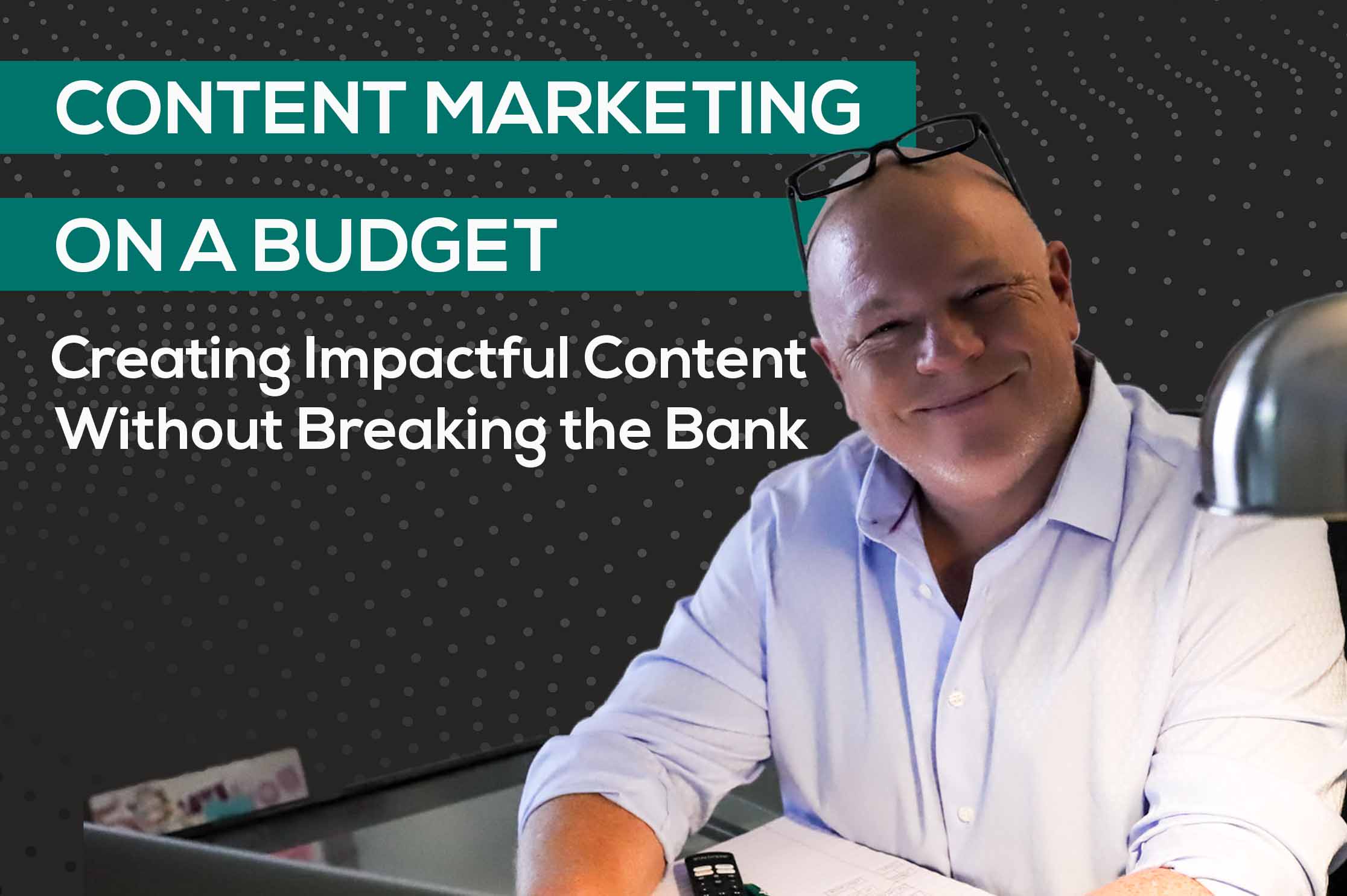In the dynamic world of digital marketing, content remains king. For small businesses operating on a budget, effective content marketing can be a game-changer, providing a cost-efficient way to connect with the target audience and build brand awareness. In this guide, we will explore key strategies for content marketing on a budget, allowing businesses to create impactful content without exceeding financial constraints.
Identifying Target Audience and Their Needs
The foundation of successful content marketing, regardless of budget constraints, is a deep understanding of the target audience and their needs. Investing time in market research to identify your audience’s demographics, preferences, and pain points allows you to tailor your content to resonate with them effectively.
Utilize analytics tools and social media insights to gather data about your audience’s behavior and preferences. By creating content that directly addresses their needs and interests, you can foster a stronger connection and increase the likelihood of engagement.
Utilizing User-Generated Content
One of the most cost-effective ways to produce impactful content is by tapping into the creativity of your audience. User-generated content (UGC) involves encouraging your customers or followers to create and share content related to your brand. This not only provides a fresh perspective but also engages your community in a meaningful way.
Encourage users to share their experiences, testimonials, or creative use of your products or services. Host contests or challenges that prompt user participation and content creation. Not only does this approach reduce content creation costs, but it also fosters a sense of community around your brand.
Repurposing Content for Multiple Platforms
Maximize the impact of your content by repurposing it across different platforms. Instead of creating entirely new content for each channel, adapt and repurpose existing content to suit the unique requirements of various platforms. For example:
- Blog Posts to Social Media: Condense key points from blog posts into engaging social media posts. Use visually appealing graphics or snippets to capture attention.
- Videos to Blogs: Transcribe videos into written content or create blog posts summarizing the main points covered in videos. This allows you to cater to different audience preferences.
- Infographics to Presentations: If you have visually appealing infographics, repurpose them into slide presentations for platforms like SlideShare.
Repurposing not only saves time and resources but also ensures that your message reaches a broader audience across diverse online spaces.
Leveraging Social Media for Content Distribution
Social media platforms provide a cost-effective and powerful avenue for content distribution. Establish a strong social media presence on platforms relevant to your audience. Share a mix of original content, curated content from industry influencers, and user-generated content to keep your feed dynamic and engaging.
Building a genuine connection with your followers enhances the reach of your content through organic sharing. Engage with your audience through comments, direct messages, and polls. Consider using social media advertising strategically to boost the visibility of key content pieces to a targeted audience.
Measuring Content Marketing ROI
Even on a budget, it’s essential to measure the return on investment (ROI) of your content marketing efforts. Use analytics tools to track key performance indicators (KPIs) such as website traffic, engagement metrics, conversion rates, and social media metrics.
Set clear goals for your content marketing campaigns, whether it’s increasing website traffic, generating leads, or boosting sales. Regularly analyze the performance data to identify what is working and what needs adjustment. This data-driven approach allows you to allocate resources to the most effective strategies and optimize your content marketing efforts over time.
In Conclusion
Content marketing on a budget is not only possible but can also be highly effective with the right strategies in place. By identifying your target audience and their needs, leveraging user-generated content, repurposing content for multiple platforms, strategically using social media for distribution, and measuring content marketing ROI, small businesses can create impactful content without breaking the bank. Remember, creativity and authenticity can often outweigh the need for a large budget, allowing your brand to connect with your audience on a meaningful level.
What is content marketing and why is it important for small businesses on a budget?
Content marketing is a form of marketing that involves creating and distributing valuable, relevant, and engaging content to attract and retain a clearly defined audience. Content marketing is important for small businesses on a budget because it can help them connect with their target audience, build brand awareness, and generate leads or sales without spending a lot of money on advertising.
How can I identify my target audience and their needs for content marketing?
To identify your target audience and their needs, you need to conduct market research using analytics tools and social media insights. These tools can help you gather data about your audience's demographics, preferences, and pain points. By creating content that directly addresses their needs and interests, you can foster a stronger connection and increase the likelihood of engagement.
How can I repurpose content for multiple platforms and increase its impact?
To repurpose content for multiple platforms, you need to adapt and modify existing content to suit the unique requirements of various platforms. For example, you can condense key points from blog posts into engaging social media posts, transcribe videos into written content or blog posts, or repurpose infographics into slide presentations. Repurposing content can save time and resources, and ensure that your message reaches a broader audience across diverse online spaces.
What is user-generated content and how can I leverage it for content marketing?
User-generated content (UGC) is content created and shared by your customers or followers related to your brand. UGC can include testimonials, reviews, photos, videos, or social media posts. You can leverage UGC for content marketing by encouraging your audience to create and share content related to your products or services. You can also host contests or challenges that prompt user participation and content creation. UGC can reduce content creation costs, foster a sense of community, and enhance your brand credibility.
How can I measure the ROI of my content marketing efforts and optimize them over time?
To measure the ROI of your content marketing efforts, you need to use analytics tools to track key performance indicators (KPIs) such as website traffic, engagement metrics, conversion rates, and social media metrics. You also need to set clear goals for your content marketing campaigns, whether it's increasing website traffic, generating leads, or boosting sales. Regularly analyze the performance data to identify what is working and what needs adjustment. This data-driven approach allows you to allocate resources to the most effective strategies and optimize your content marketing efforts over time.

